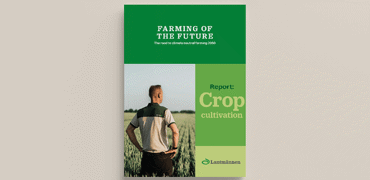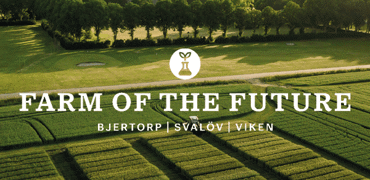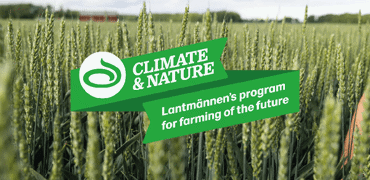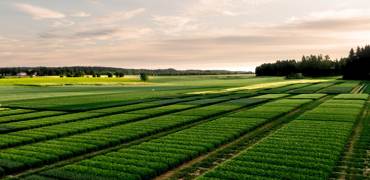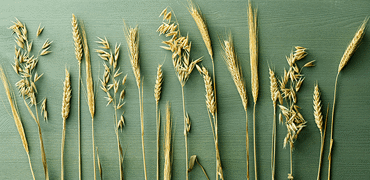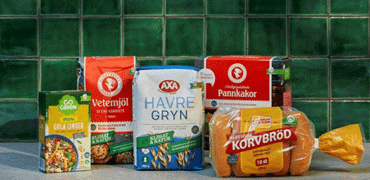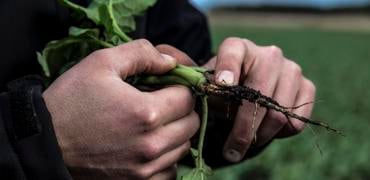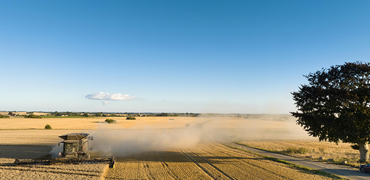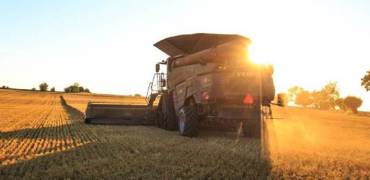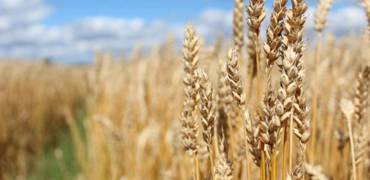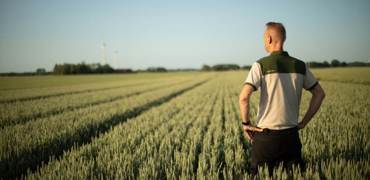The extreme weather this summer has had a clear impact on Swedish agriculture. Now when the harvest of grain, oilseed crops and pulses has been brought in across the whole country, Lantmännen can report that the end results are lower than the earlier estimate of 4.2 million tons. Lantmännen now puts the combined harvest in Sweden at 3.5 million tons – compared with the five-year average of 6.2 million tons, in other words, about half the harvest in a normal year.
“Lantmännen reported its harvest forecast in July, we then estimated we would have the lowest harvest for over 25 years. Now – when we have the actual figures to hand – we can report that it is more like the poorest harvest since the late 1950s,” says Mikael Jeppsson, Head of the Lantmännen Grain Unit.
The fields have been threshed from south to north over the past couple of months. The harvest has now been completed and deliveries have been made to Lantmännen grain receptions. The almost halved harvest will impact both Lantmännen and farming businesses for a considerable time to come. Lantmännen is now intensively working on grain planning and provision to its own manufacturing businesses and to customers in Sweden and on export markets.
To improve the situation for for its members, Lantmännen announced a substantial action package of around SEK 250 million in August, of which some SEK 150 million has already been paid to farmers. Lantmännen has relaxed grain contracts, reduced interest on credit, and offered advice and support on new feed strategies.
“The farming industry and plant life have been badly affected by the weather situation and we may see several poor growing years in years to come. At Lantmännen, we are already seeing a change in the pattern of how growers sell grain to us. Ahead of the 2019 harvest, we are working to communicate important messages to farmers, such as the importance of risk analyses and new strategies for grain sales. This can, for example, concern splitting crops and selling at different times to reduce risk,” says Jeppsson.
As the 2018 harvest was completed, work on the next growing year is starting on the farms.
“Significant winter wheat areas have been sown and Swedish farmers that sign contracts now, will reap the benefit of a high grain price. This large autumn sowing will be a positive start to the 2019 growing year,” says Jeppsson.
“Much of Sweden’s food production has been hit by the drought and after this year’s poor harvest, Sweden is no longer self-sufficient in grain, a staple commodity. Production of dairy products, meat and beer will also be adversely affected. The shortage of Swedish commodities will lead to higher food prices in the future,” adds Jeppsson.
Photographs are available at: https://lantmannen.com/press-och-nyheter/bildbanken/
For more information, please contact:
Mikael Jeppsson, Head of the Grain Unit, Lantmännen Lantbruk
Tel: +46 703 19 53 60
E-mail: mikael.jeppsson@lantmannen.com
Lantmännen Press Office
Tel: +46 10 556 88 00
E-mail: press@lantmannen.com






